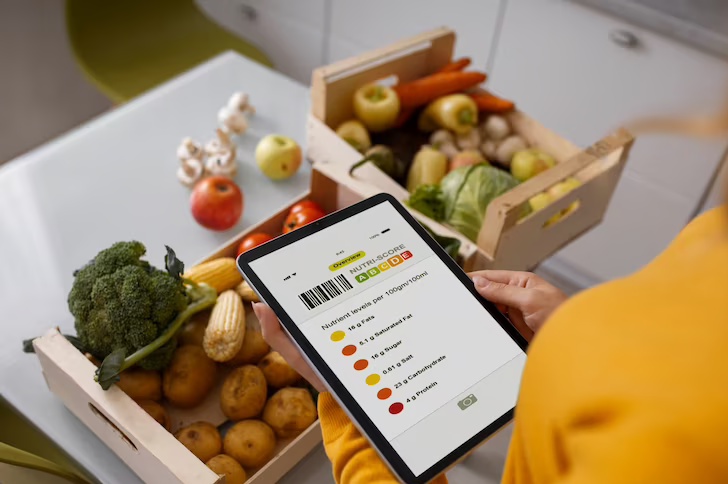Inventory management is a critical aspect of running a successful grocery app. Efficient inventory management ensures that the right products are available at the right time, minimizing stockouts and reducing carrying costs.
In this article, we will discuss key strategies and best practices to implement efficient inventory management in your grocery app.
By following these guidelines, you can streamline operations, optimize stock levels, and enhance customer satisfaction.
Centralized Inventory System:
Implementing a centralized inventory system is essential for efficient inventory management. This system allows you to have real-time visibility of your entire inventory across multiple locations, including warehouses, stores, and distribution centers. It provides accurate information about stock levels, item locations, and replenishment needs, enabling you to make data-driven decisions.
A centralized inventory system should integrate with your grocery app and synchronize stock updates automatically. This integration ensures that customers can only purchase items that are in stock, reducing the risk of overselling. Additionally, it allows you to track sales, monitor demand patterns, and forecast future inventory needs accurately.
Barcode Scanning and RFID Technology:
Implementing barcode scanning and RFID (Radio Frequency Identification) technology can significantly improve inventory accuracy and efficiency. By scanning barcodes or using RFID tags, you can easily track items as they enter and leave your inventory. This technology enables fast and accurate stock counting, reducing manual errors and saving time.
Barcode scanning and RFID technology also facilitate efficient order fulfillment and stock replenishment processes. When receiving new stock, employees can scan barcodes or RFID tags to update inventory records instantly. Similarly, during order fulfillment, scanning items ensures that the correct products are picked and packed, minimizing errors.
Demand Forecasting and Analytics:
Accurate demand forecasting is crucial for maintaining optimal inventory levels. By leveraging historical sales data, market trends, and seasonality patterns, you can predict future demand and adjust inventory accordingly. Advanced analytics tools can help you analyze large volumes of data and generate accurate forecasts.
Demand forecasting enables you to plan inventory replenishment, reducing the risk of overstocking or stockouts. By optimizing inventory levels, you can minimize carrying costs and improve cash flow. Additionally, forecasting allows you to identify slow-moving or obsolete items, enabling timely promotional activities or clearance sales.
Automated Reordering and Supplier Integration:
Automating the reordering process can help streamline inventory management. By setting up reorder points and implementing automated triggers, you can ensure that new stock is ordered when inventory levels reach predetermined thresholds. This prevents stockouts and minimizes manual intervention.
Integrating your grocery app with suppliers' systems can further enhance efficiency. Real-time communication with suppliers allows for automatic order placement, shipment tracking, and delivery updates. It eliminates the need for manual order entry, reducing errors and administrative tasks.
Just-in-Time (JIT) Inventory Management:
Just-in-Time (JIT) inventory management is a strategy that focuses on minimizing inventory holding costs while ensuring timely order fulfillment. Instead of stocking large quantities, you maintain a lean inventory and rely on efficient supply chain processes.
JIT inventory management requires close collaboration with suppliers and accurate demand forecasting. By receiving frequent and smaller shipments, you reduce the risk of overstocking and minimize storage costs. However, it is crucial to have reliable suppliers and efficient logistics to avoid disruptions in the supply chain.
Conclusion:
Efficient inventory management is essential for the success of your grocery app. By implementing a centralized inventory system, leveraging barcode scanning and RFID technology, utilizing demand forecasting and analytics, automating reordering, and adopting JIT inventory management, you can optimize stock levels, reduce costs, and enhance customer satisfaction. Additionally, partnering with a reliable grocery app development team can ensure that your inventory management features are seamlessly integrated into your app, providing a seamless shopping experience for your customers.


No comments yet